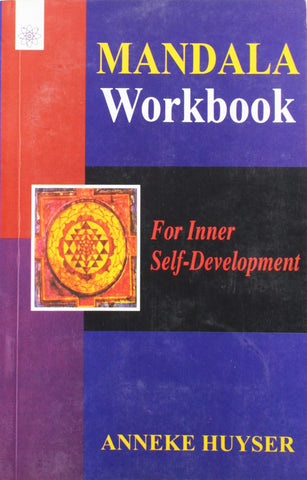Your cart is empty now.
Renowned photographer Don Farber, one of the most important chroniclers of Buddhism today, brings the face and the spirit of contemporary Tibetan Buddhism alive with this remark-able book. Portraits of Tibetan Buddhist Masters-a collection of superb color photographs presented with brief biographies and teachings from each master-is a vibrant work, a testament to the compassion and wisdom that lie at the heart of the Tibetan Buddhist tradition.
Farber felt compelled to record the last of the living Buddhist masters who received their training in Tibet and then fled the country following the invasion by China, as well as other masters who survived many years of imprisonment during the Cultural Revolution. He has worked with a sense of urgency to photograph and interview these extraordinary beings who have been the custodians of this endangered Buddhist tradition. His collection of portraits also includes some of the bright lights of Tibetan Buddhism, the younger masters who will carry the tradition into the future. As a photographic archive of Tibetan Buddhist masters, this book plays an important role in preserving Tibetan culture, in all its richness and complexity, through the worlds and faces of its esteemed masters.
Inspired by Buddhism early in his career as a professional freelance photographer, Don Farber became a disciple of the I. Vietnamese Zen master and scholar Thich Thien-An and 1977 embarked on a ten-year photographic study of life in Vietnamese Buddhist temple in Los Angeles. Following t publication of Taking Refuge in L A (1987, with text by Ri Fields and an introduction by Thich Nhat Hanh), Farber set to photograph Buddhist life internationally and, to date, has cried out this work in eight Asian countries and the Unit: States. His travels resulted in his critically acclaimed book Visions of Buddhist Life (California, 2002; foreword by Huston Smith) and Tibetan Buddhist Life (2003). This Fulbrig scholar's photographs have been exhibited at the San Francisco Museum of Modern Art and the Asia Society in New York, have appeared in magazines such as Life and Time, a are often published in the Buddhist magazines Tricycle a Shambhala Sun. His photographs have been featured on t covers of many books, including the international best-sell The Art of Happiness (1998) by His Holiness the Dalai La and Howard C. Cutler.
Sogyal Rinpoche is a world-renowned teacher of Tibetan Buddhism and the author of the best-selling book The Tibetan Bol of Living and Dying (1992).
Rebecca McClen Novick is the author of Fundamentals Tibetan Buddhism, co writer of Tibetan Buddhist Life, and t editor of a number of books on Tibetan Buddhism.
My journey into Eastern spiritual traditions began in 1968 when I was sixteen and was introduced to yoga philosophy. That year I also took a photography class and saw Dorothea Lange's work, which was so inspiring that I decided to become a photographer. In the early seventies I began to practice meditation and attended teachings by spiritual masters such as Swami Muktananda, Swami Satchidinanda, Krishnamurti, and Pir Viliat Khan. I was in-troduced to Buddhism in 1974 when I attended a seminar with the Tibetan master Chogyam Trungpa Rinpoche. Three years later I discovered the Vietnamese Buddhist Temple in Los Angeles and decided to make a long-term photographic study of life there, becoming a disciple of the late Vietnamese Zen master Thich Thien-An, the founder of the tem-ple and of the International Buddhist Meditation Center.
That same year in Los Angeles I had a profound experience during an empowerment called the "Black Crown Ceremony" given by His Holiness the Sixteenth Karmapa. As I stood in the crowd inside the Shrine Auditorium, I watched the Karmapa as he sat on a throne, a black hat on his head and his hand on top of the hat. To the sound of Tibetan horns and gongs, he slowly lifted the hat up above his head. Suddenly, he appeared to become transparent, while his clothes and the hat remained opaque. He appeared this way for nearly a minute, until he placed the hat back on his head.
This experience helped to build my faith in the dharma and my devotion to Buddhist teachers. It was a precursor to what would become a personal quest to study with and photograph Tibetan Buddhist masters. In 1986 I had an opportunity to photograph Kalu Rinpoche in Santa Fe, New Mexico. Then in his early eighties, Kalu Rinpoche had been a disciple of the Fifteenth Karmapa and the meditation teacher for the Sixteenth Karmapa. Kalu Rinpoche was teaching in a large tent in front of the stupa that he would be consecrating.
It proved impossible to photo-graph inside the tent, so I decided to use the time to receive the teachings, which were some of the most profound I had ever heard. After a few days, it started snowing and the tent caved in from the snow. The consecration ceremony began outdoors with everyone sitting in the clear area where the tent had been. The sun shone brilliantly as Kalu Rinpoche per-formed the ceremony surrounded by his senior students, both Tibetans and Westerners.
Here was the chance I had waited for, and I quickly photographed him in the clear winter light (see p. 8i). Kalu Rinpoche returned to Los Angeles in 1988. He was very frail, and everyone knew this would be his last visit, but his mind was clear and his teachings were extraordinary. Once again I was given the opportunity to photograph him, and I went to the house where he was staying in the foothills above Pasadena. All the lamas whom Kalu Rinpoche had sent to run his North American centers were gathered there. After setting up my equipment, I waited with all the lamas seated behind me until Rinpoche entered the room and came to sit in front of the camera.
I gave him a framed print of the photograph of him I had made in Santa Fe. As I looked through the viewfinder, he seemed distant, as if deep in practice. I looked at him over the top of the camera to get his attention. He seemed immediately to under-stand what I wanted and helped me to successfully make the portrait (see p. 82). It was a deeply moving experience to be with one of the greatest spiritual masters on the planet knowing this would be the last time I would see him, at least in his present form. Several months later I learned that Kalu Rinpoche had died, and I felt compelled to go and photograph his funeral. It had begun when he died and would continue for the traditional forty-nine days at his monastery in North India.
I flew to Calcutta, caught a train to Siliguri, and then took a jeep up to Sonada-a small Tibetan refugee settlement near the town of Darjeeling-arriving in time to witness the last ten days of the funeral. In the shrine room where the ceremonies were being performed, monks and nuns, as well as laypeople from around the world, were chanting with a single focus: the swift rebirth of Kalu Rinpoche.
During the last of the forty-nine days, the chanting and prayers continued around the clock, with people taking shifts. On the final day, a great procession carried Kalu Rinpoche's kudum (his body preserved in salt in a decorated box) from the shrine room up to his house. As the procession moved along with the lamas performing sacred music with drums, gongs, and conch shells, I noticed that people were looking up at the sky. I turned around and saw a brilliant halo around the sun-an indication that the universe had affirmed the master's enlightenment and that he was entering the "Pure Land" at that very moment.
The next day I headed back to Los Angeles to serve as the official photographer for the Kalachakra teachings and empowerments given by His Holiness the Dalai Lama and hosted by my teacher, Geshe Gyeltsen. I worked every day for the next two weeks photographing His Holiness giving the Kalachakra, and I was fortunate to be able to have a portrait ses-sion with him.
In the early nineties, I traveled extensively in Asia to photograph Buddhist life, and when-ever possible I photographed the Tibetan masters and attended their teachings. In 1995 Bokar Rinpoche, the main disciple of Kalu Rinpoche, came to Los Angeles with the young Yangsi Kalu Rinpoche, the boy recognized as Kalu Rinpoche's reincarnation. As Bokar Rin-poche gave teachings, this five-year-old sat motionless on the throne for hours. When I met him for a portrait session, he poked at my stomach as if, remembering our meeting in his previous life, to say, "You've put on weight," which I had. I set up the portrait to duplicate how I had photographed his previous incarnation (p. 83). My connection with Tibetan society deepened when I married a Tibetan woman, Yeshi Chozom.
In 1996 I received a Fulbright scholarship to spend ten months in India and Nepal photographing and doing research on the religious life of Tibetan Buddhist refugees. With our two-year-old daughter, Palmo, we traveled to Yeshi's village of Bir in Himachal Pradesh, India, a few hours by road from Dharamsala. There we lived with Yeshi's brother, Lhundup, and their mother, Lhaga, who had escaped from Tibet in 1959 with her husband and her "cousin-brother," Gona Tulku Rinpoche (the term "cousin-brother" is an expression of the closeness of cousins in Tibetan society). Gona Rinpoche, who also lived in Bir, was renowned for his divinations, so I would always ask him if my journey would be safe before heading out from the village. I traveled with Lhundup to various Tibetan refugee settlements in India and the sacred Buddhist pilgrimage places of Sarnath and Bodhgaya. During this period I was able to photograph many Tibetan masters in India and Nepal.
I also had the opportunity to photograph His Holiness the Dalai Lama at his residence in Dharamsala, again during the Kalachakra he gave in Siliguri, and also when he went to Zanskar in the far north of India. Right after he finished giving teachings in Zanskar, a brilliant halo appeared around the sun directly overhead, similar to the one that had occurred at Kalu Rinpoche's funeral.
Contents and Sample Pages
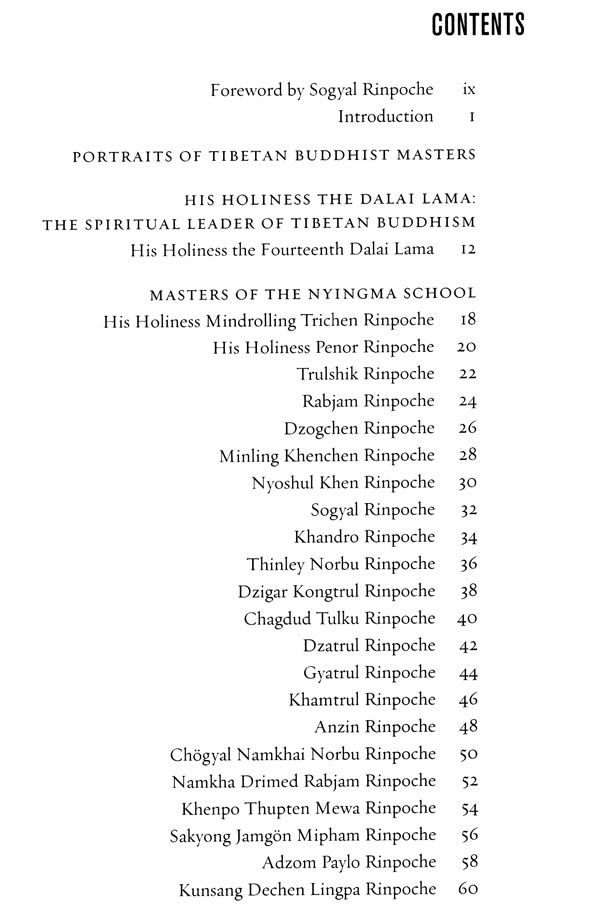
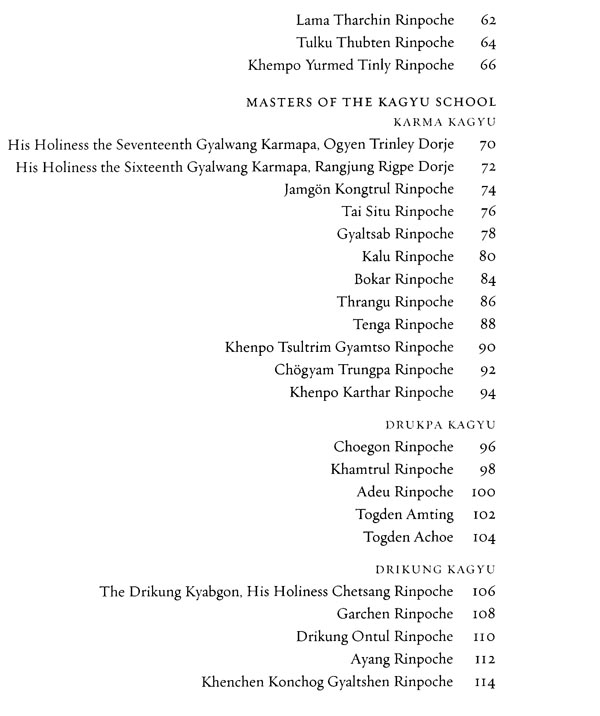
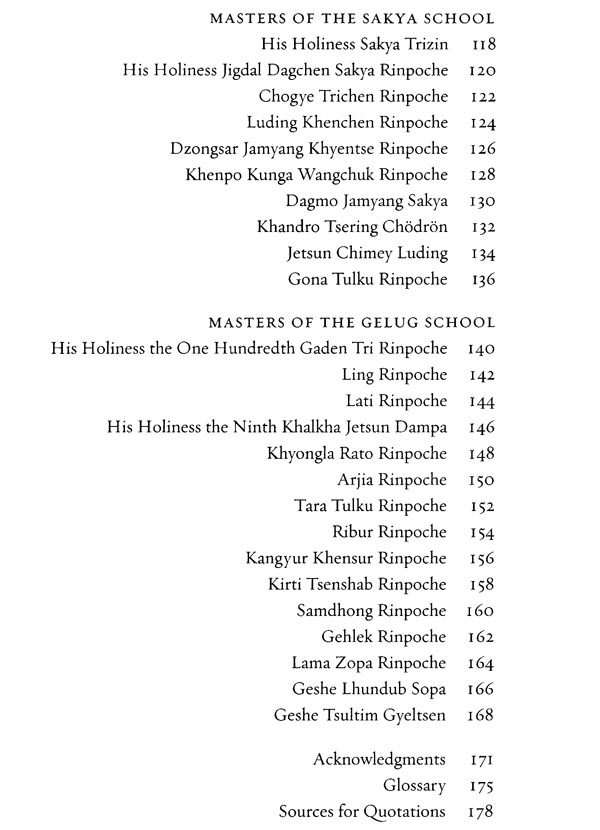


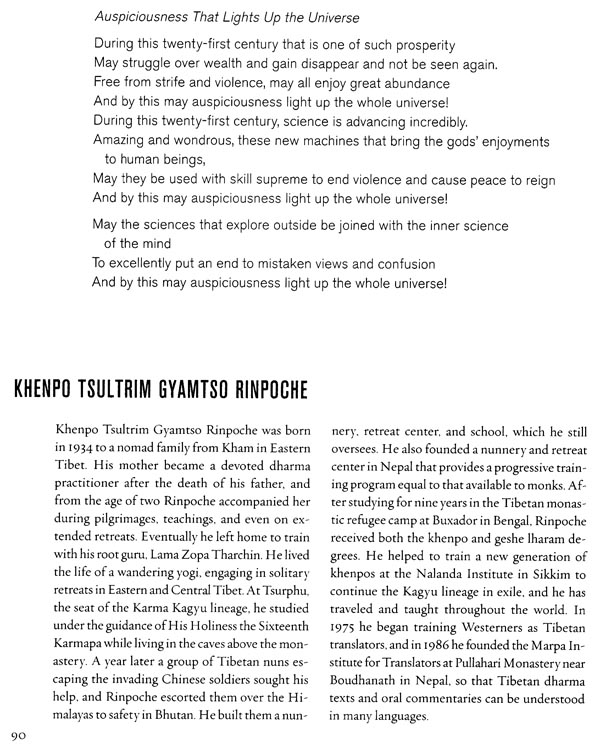
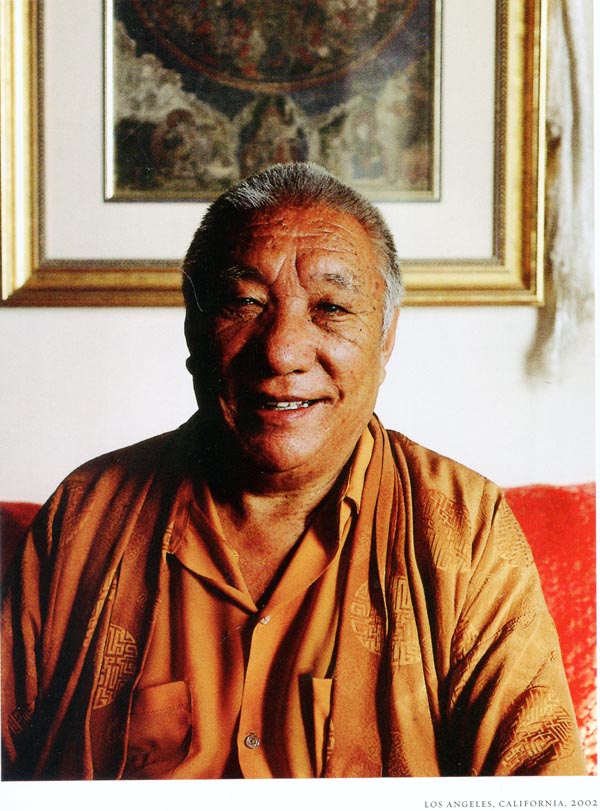

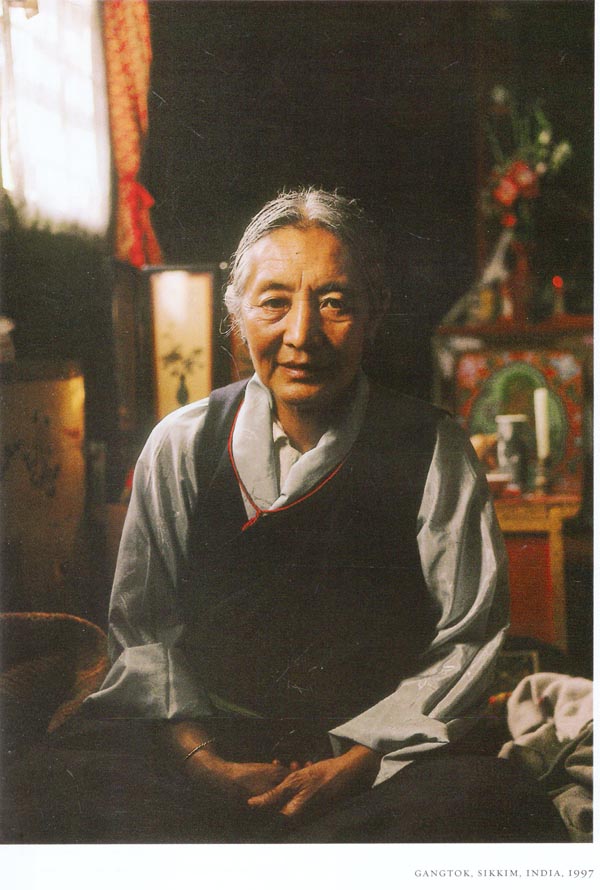
Delivery and Shipping Policy
- INTERNATIONAL SHIPPING
- Rs.1000-1100/kg
- ESTD. Delivery Time: 2-3 weeks (depending on location)
- Bubble Wrapped with Extra Padding
- NATIONAL SHIPPING
- NCR: Rs. 30/half kg
- Standard: Rs. 80/half kg
- Express shipments also available on Request
- ESTD. Delivery Time: Ranging from 1-4 days up to 7 business days (Depending on your choice of Delivery)
- TRACKING
- All orders; national or international, will be provided with a Tracking ID to check the status of their respective orders
- Depending on the Shipping Service, Tracking ID may be used on their respective tracking portals
Frequently Asked Questions (FAQs)
Domestic Shipping: 3-4 Days (after shipping)
International Shipping: 1-2 weeks (based on your location)
You will receive an email once your order has been shipped or you can email us if you didn't receive tracking details (info@mlbd.co.in)
Every book that we sell is the latest edition except all the rare books
Yes, we do provide free shipping, only on domestic orders (within India) above Rs.1500



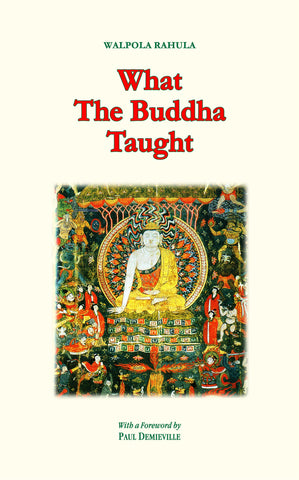
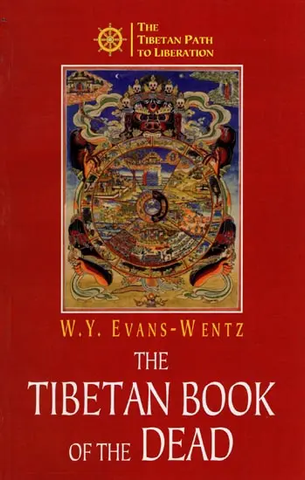
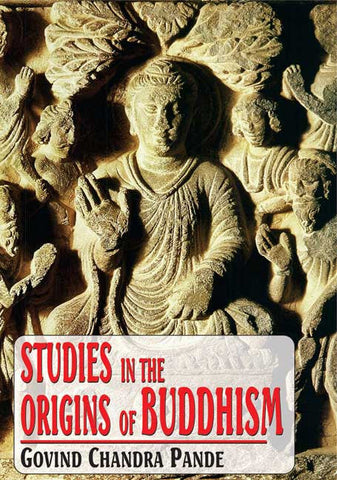
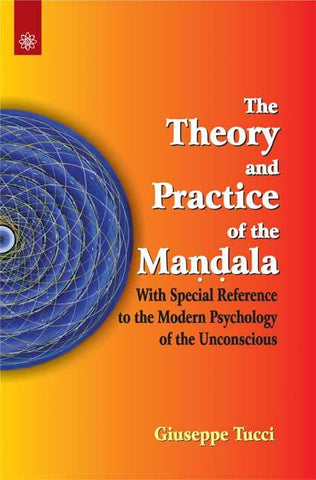
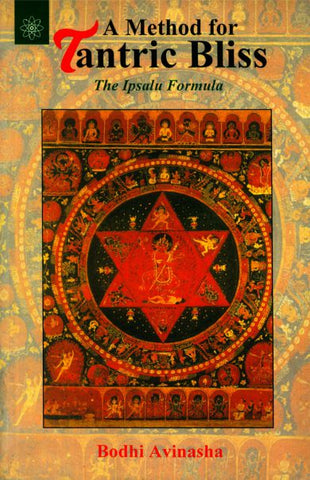
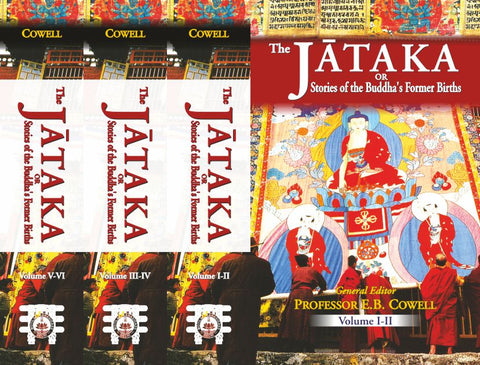
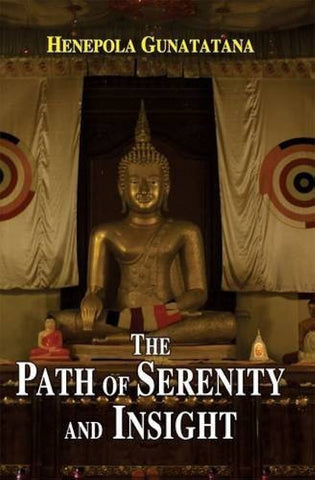
![The Rishukyo [Buddhica Britannica Vol.3]: The Sino-Japanese Tantric Prajnaparamita in 150 Verses (Amoghavajra's Version)](http://www.motilalbanarsidass.com/cdn/shop/products/RISHUKYO_large.jpg?v=1675417651)
